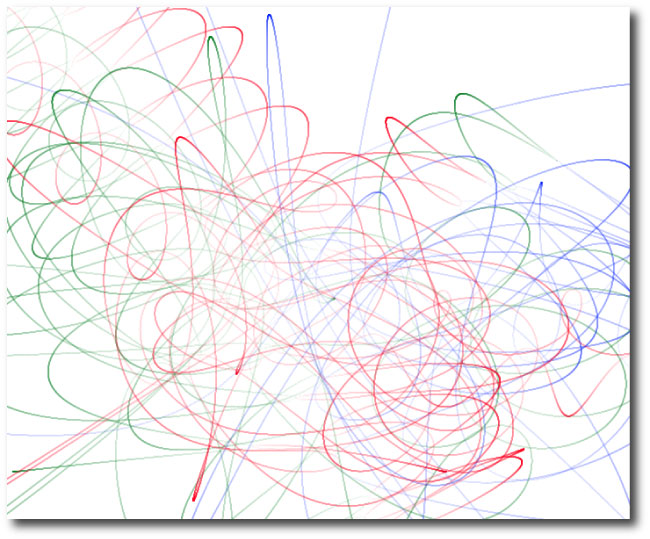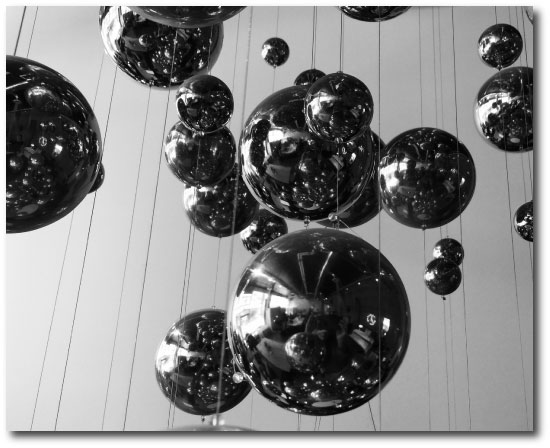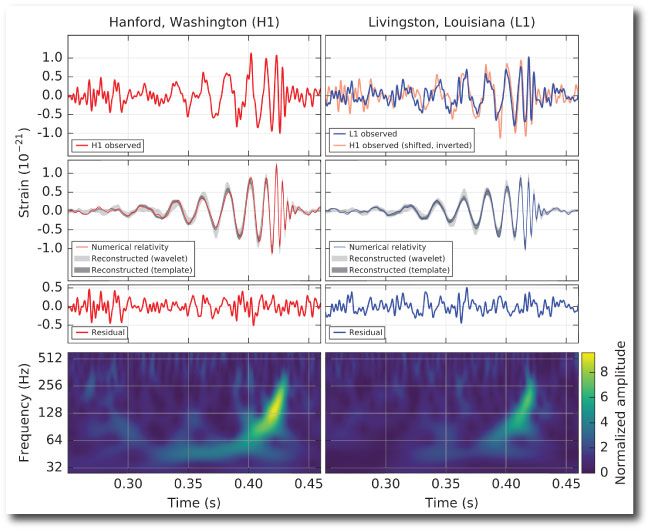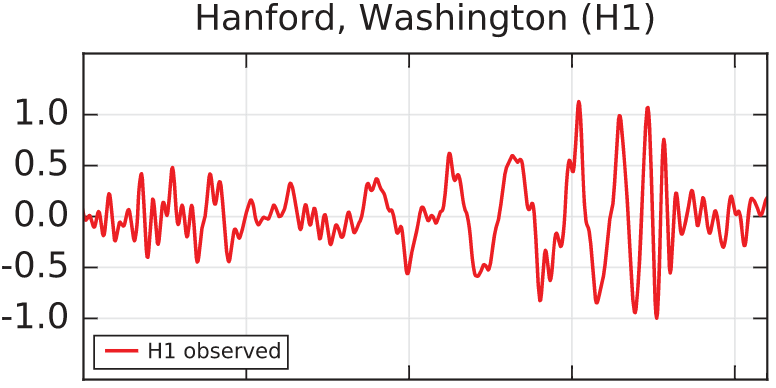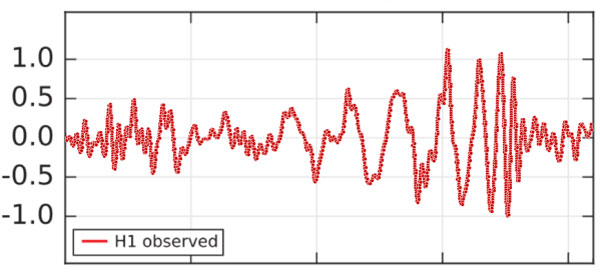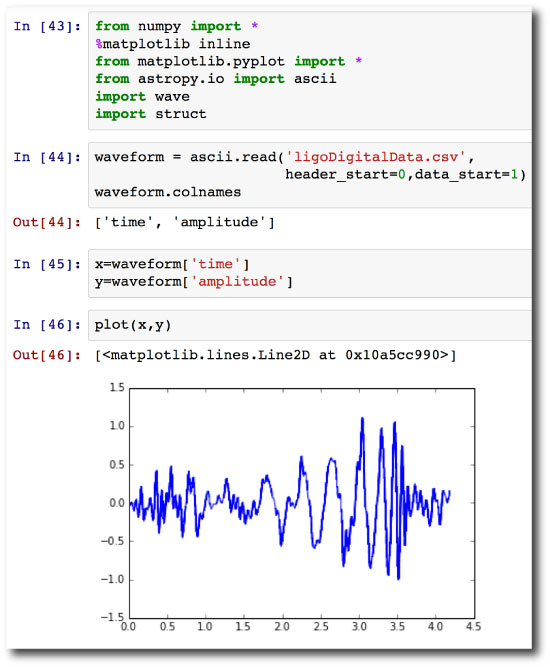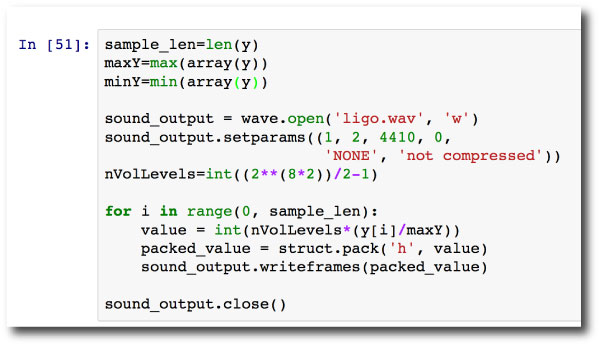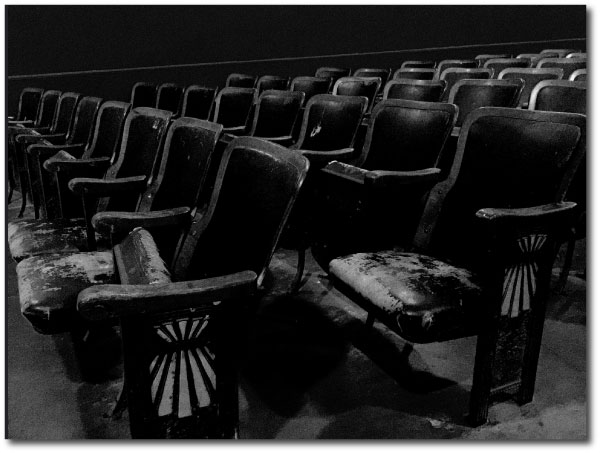Pythagoreorum quaestionum gravitationalium de tribus corporibus nulla sit recurrens solutio, cuius rei demonstrationem mirabilem inveniri posset. Hanc blogis exiguitas non caperet.
Monthly Archives: February 2016
Listening in
As with everyone else, LIGO made my day.
It’s interesting that transverse waves of spatial strain — ripples in spacetime — are consistently described as “sounds” in the media presentations. For example, the APS commentary accompanying the Physical Review Letter on GW150914 is entitled The First Sounds of Merging Black Holes.
Quite frankly, Python is a threat to the scientific guild. What used to require esoteric numerical skills — typing in recipes in Fortran and stitching them together, or licensed packages, “seats”, always priced to keep the riff-raff out, now comes completely for free with a one-click install of an Anaconda distribution. All this stuff places anyone just a few lines away from hearing the sound on Figure 1, which APS posted as a teaser while they scrambled to get servers on line to handle the crush of download demand:
Here’s what I did this morning to “hear” the signal while waiting for the servers to free up, so that I could download the full paper.
(1) Take a screen shot of the Hanford signal:
(2) Upload the screenshot to WebPlotDigitizer, and follow the directions to sample the waveform. After a bit of fooling around with the settings, the web app gave me a .csv file that I named ligoDigitalData.csv. It contains containing 1712 x-y samples of the waveform. I added a header line listing “time” as the first column, and “amplitude” as the second column.
(3) Fire up an iPython notebook, import a few packages, import the file, and check that it looks right:
(4) The “wave” package packs integer samples into a .wav format file. A plain vanilla implementation at 4.41 kHz 16 bit sampling looks like this. Not exactly audiophile quality, but so cool nonetheless:
This produces a .wav file:
Now of course, one shouldn’t expect that a waveform that you can silkscreen onto a T-shirt is going to sound like the THX Deep Note…
And how ’bout them prediction markets? Over at Metaculus, the consensus among 99 predictors was that there was a 68% chance that the Advanced LIGO Team would publicly announce a 5-sigma (or equivalent) discovery of astrophysical gravitational waves by March 31, 2016. According to the Phys Rev Letter, the significance of the GW150914 detection is 5.1 sigma, so just over the bar. The question is now closed, and some users are going to be racking up some points.
If you missed out, there’s plenty more markets to try your hand at. New boson at the LHC anyone?
June 25, 2522
I remember the eclipse of February 26th, 1979 very clearly. In Urbana, Illinois, the moon covered 80% of the solar disk. It was a clear sunny day, and the crescent Sun projected magically through a pinhole into the 6th grade classroom.
Later, looking at a map, we noticed with considerable pride that a total eclipse will track over Southern Illinois on August 21, 2017. The date had an unreal, distant, science fiction feel to it.
Anthony recently posted a question on Metaculus that’s provocative, slightly creepy, and seems designed to transcend the day-to-day:
Will there be a total solar eclipse on June 25, 2522?
created by Anthony on Jan 28 2016
According to NASA, the next total solar eclipse over the U.S. will be August 14, 2017. It will cut right through the center of the country, in a swathe from South Carolina to Oregon.
A little over 500 years later, on June 25, 2522, there is predicted to be a nice long (longest of that century) solar eclipse that will pass over Africa.
In terms of astronomy, the 2522 eclipse prediction is nearly as secure at the 2017 one: the primary uncertainty is the exact timing of the eclipse, and stems from uncertainties in the rate of change of Earth’s rotation – but this uncertainty should be of order minutes only.
However, 500 years is a long time for a technological civilization, and if ours survives on this timescale, it could engineer the solar system in various ways and potentially invalidate the assumptions of this prediction. With that in mind:
Will there be a total solar eclipse on June 25, 2522?
For the question to resolve positively, the calendar system used in evaluating the resolution must match the Gregorian calendar system used in the eclipse predictions; the eclipse must be of Sol by a Moon with at least 95% of its original structure by volume unaltered, and must be observable from Earth’s surface, with “Earth” defined by our current Earth with at least 95% of its original structure by volume altered only by natural processes.
What do you think? Head over to Metaculus and make your prediction count.

